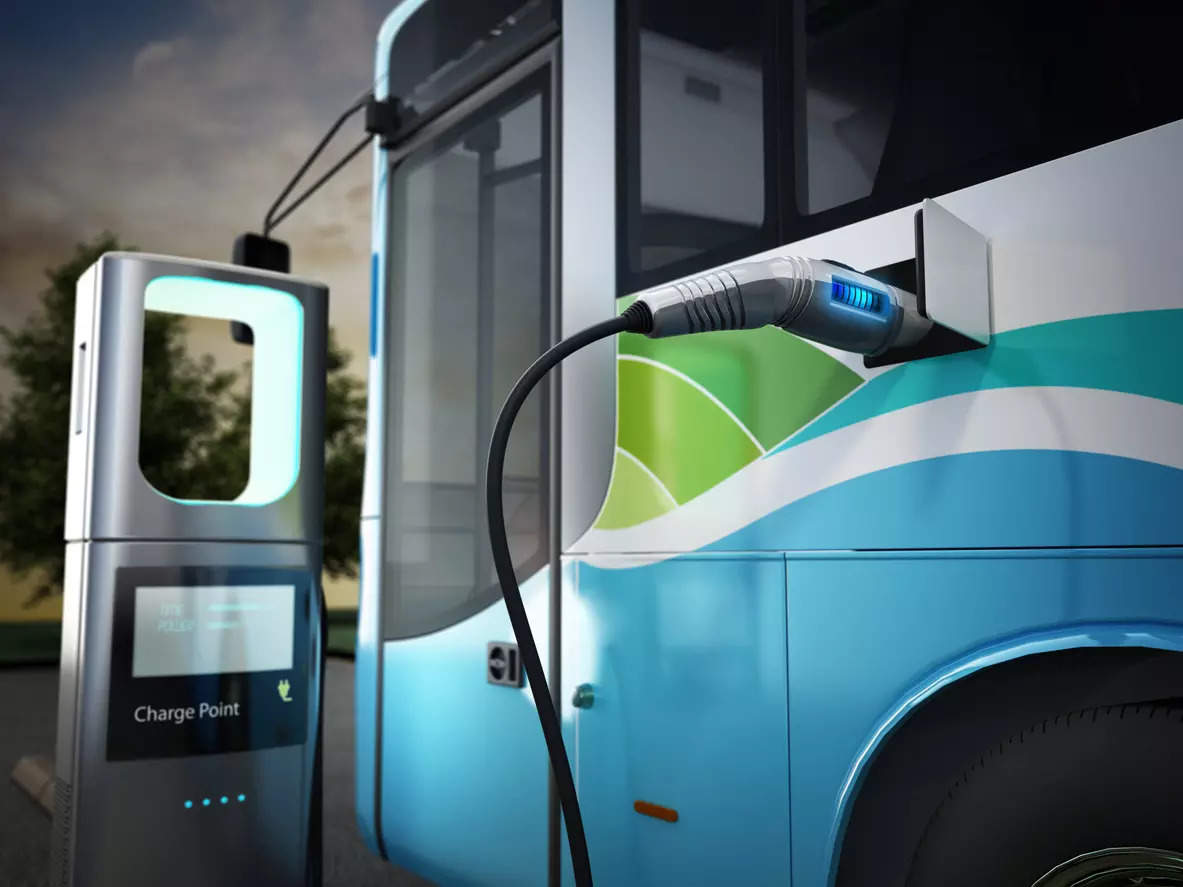
New Delhi: The government of India rolled out the successor of FAME (Faster Adoption and Manufacturing of Electric Vehicles) Policy titled PM E-DRIVE (PM Electric Drive Revolution in Innovative Vehicle Enhancement) with an outlay of INR 10,900 crore for two years. An additional INR 3,435 crore will be allocated for uninterrupted operation of 38k electric buses nationwide. This scheme incorporates the government’s emphasis on electric buses, ambulances, trucks, charging infrastructure, e-vouchers, and vehicle scrapping.This move was welcomed by auto industry players including Tata Motors, PMI Electro Mobility, JBM Auto, Simple Energy, and many more. This list also includes the name of regulatory bodies such as SIAM (Society of Indian Automobile Manufacturers).
PM e-DRIVE scheme is a progressive step that underscores the firm commitment towards promoting sustainable mobility, believes, Shailesh Chandra, President, SIAM and Managing Director, Tata Motors Passenger Vehicles Ltd & Tata Passenger Electric Mobility Ltd. “It will undoubtedly help accelerate the adoption of electric vehicles (EVs) across the country, making clean and green transportation more accessible to all,” he added.
How is the roadmap framed towards electric mobility?
Just like its predecessor, PM E-DRIVE proposed by the Ministry of Heavy Industries emphasis on electric two-wheelers and charging infrastructure, however, the highlight was the government’s initiative towards strengthening the commercial vehicle sector along with the ecosystem such as ambulances and trucks with the announcement of e-vouchers to streamline the EV buying processes. Though another interesting aspect was no subsidies for four-wheelers and taxis.
For an e-bus manufacturer the announcement of PM E-Drive brings a significant and much-anticipated step forward for our industry, applauded Aanchal Jain, CEO, of PMI Electro Mobility. “The policy addresses key expectations highlighted in the previous policy and provides the necessary stimulus to make the e-bus sector more competitive and sustainable with 14,028 eBuses,” adds Aanchal.
PM E-DRIVE allocates INR 500 crore for the deployment of e-ambulances. However, the performance and safety standards will be formulated in consultation with the MoHFW, MoRTH, and other necessary stakeholders. INR 4,391 crore is allocated for the procurement of 14,028 e-buses by STUs/public transport agencies. INR 500 crore has been provided for incentivising e-trucks.
The government has announced extra incentives for purchasing e-trucks after scrapping old trucks. “Incentives worth INR 3,679 crore have been provided to incentivise e-2Ws, e-3Ws, e-ambulances, e-trucks, and other emerging EVs,” said the Ministry.
Applauding the government’s step towards a greener mission, Girish Wagh, Executive Director, Tata Motors said, “This will accelerate India’s journey towards zero-emission mobility with greater speed and rigor, especially in trucks, buses and the ambulance segment. We continue to collaborate with the government and other stakeholders in this nation-building endeavor towards sustainable transportation.”
A step towards a strengthened ecosystem
In addition to providing incentives for vehicles, the government has decided to allocate funds for the EV ecosystem, EV charging infrastructure, scrapping of vehicles, testing centers, and payments.
The GoI will allocate incentives for those who possess a scrapping certificate from MoRTH-approved vehicle scrapping centers (RVSF). “The scheme proposes the installation of 22,100 fast chargers for e-4 Ws, 1800 fast chargers for e-buses, and 48,400 fast chargers for e-2W/3Ws. The outlay for EV PCS will be INR 2,000 crore,” stated the Ministry. This is a step to address the range anxiety of EV buyers by installing electric vehicle public charging stations (EVPCS), stated the government.
This new scheme will simplify the EV buying process but also makes its ownership more holistic, inclusive, and accessible to a larger stratum of the population. Anand Bang, COO-Sales & Marketing, Tata Motors Finance, said, “We foresee immense opportunities for NBFCs to step-in and complement government incentives, subsidies with additional financing solutions, further addressing affordability concerns and lowering entry barriers for customers.”
Nishant Arya, Vice Chairman & Managing Director, JBM Auto Ltd, emphasised, “INR 3,435 crore investment towards payment security mechanism will provide the much-awaited impetus to OEMs and will act as a cornerstone to establish the electric bus sector and attract substantial global investors.”
While Suhas Rajkumar, founder, and CEO, of Simple Energy said, “Range anxiety remains an issue for EV users in certain parts of the country, and the PM E-DRIVE aims to alleviate that concern by incentivising the setup of charging infrastructure across the country.”
To walk towards the Atmanirbhar Bharat initiative a phased manufacturing program (PMP) will be encouraged by the government to boost domestic manufacturing and strengthen the EV supply chain. This new scheme however has not provided fund allocation for electric four-wheelers.
On which an AI startup offering video telematics to enhance road safety for EV and ICE commercial vehicles, Dacio’s Founder & CEO, Suman Gandham stated, ” The 4W EV segment is already at the forefront of integrating road safety technology in their vehicles such as Video Telematics and ADAS. Now, this will enhance EV penetration among fleet operators, hospitals, schools, and other commercial vehicle owners, and will organically enforce a higher adoption of safe and smart commercial vehicles.”
















